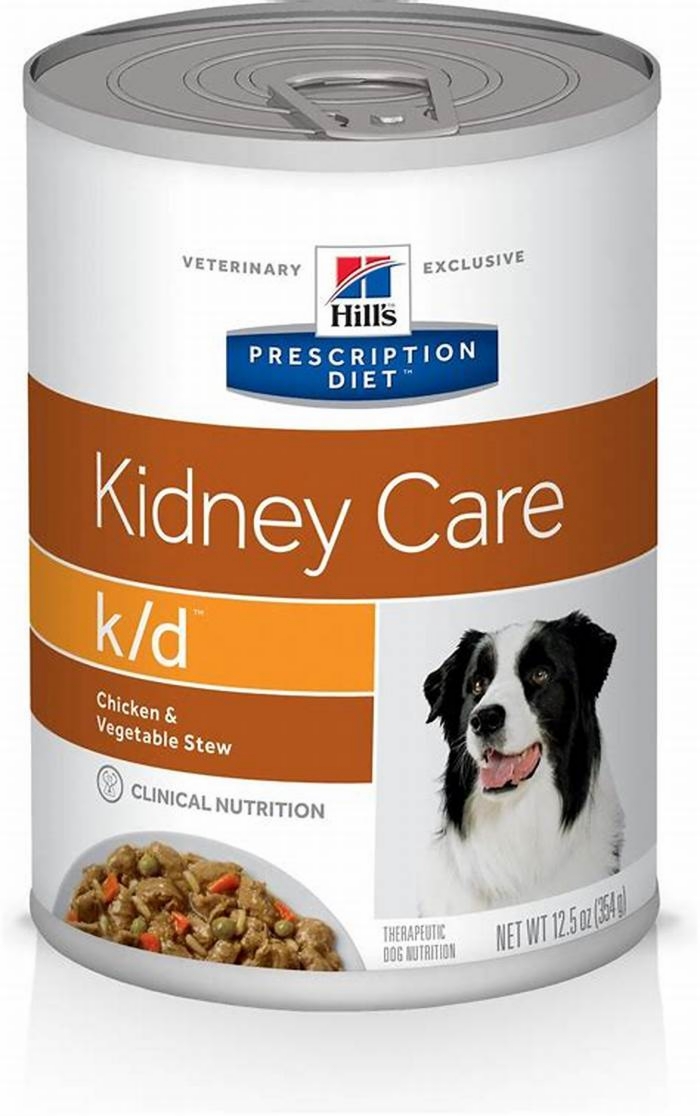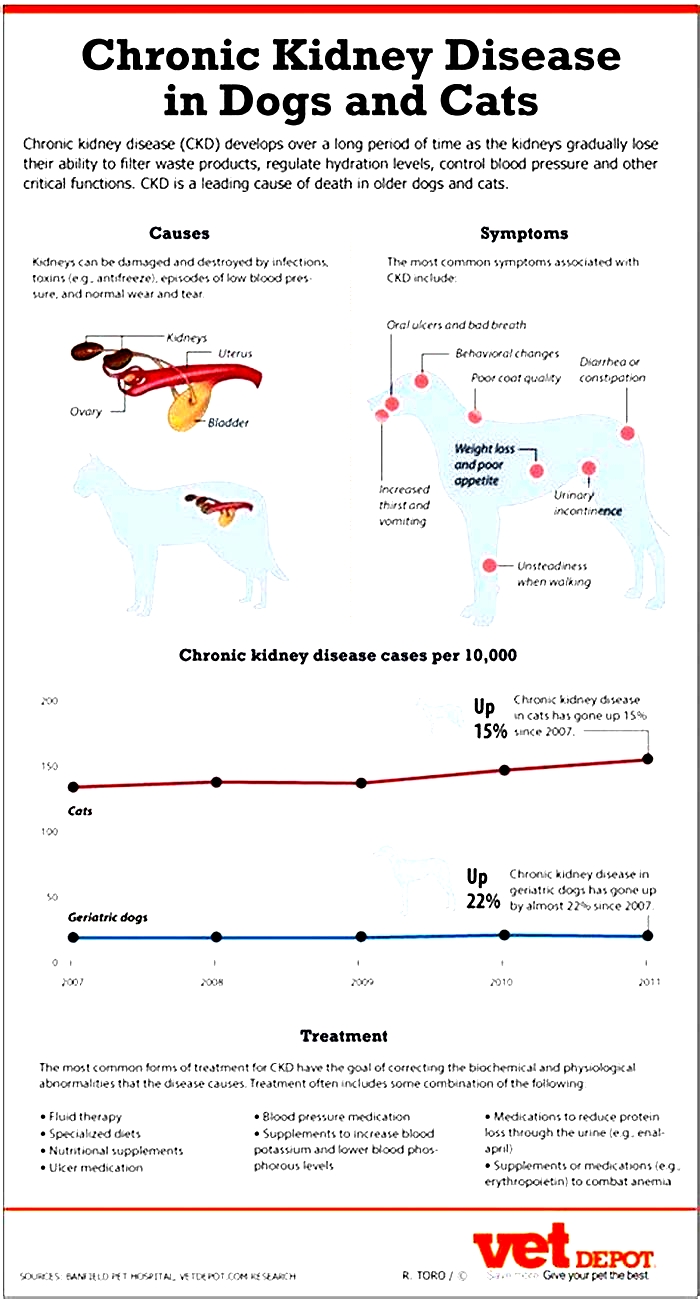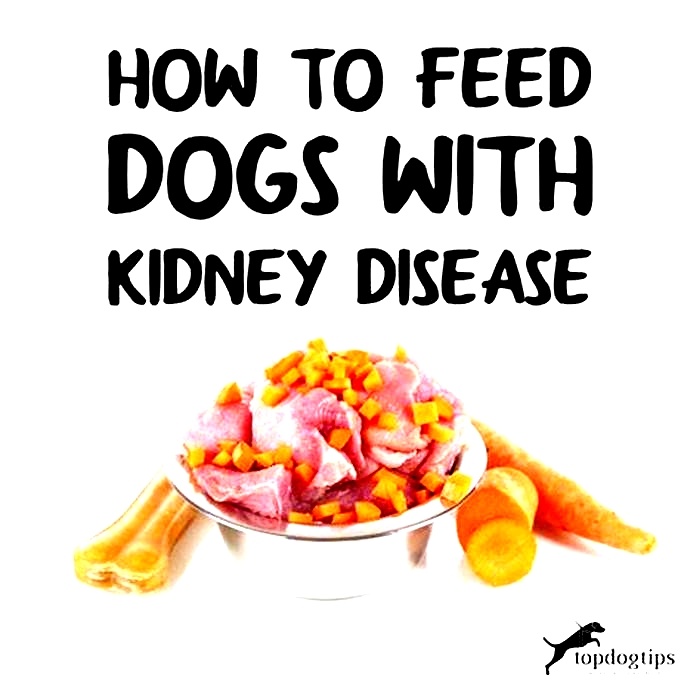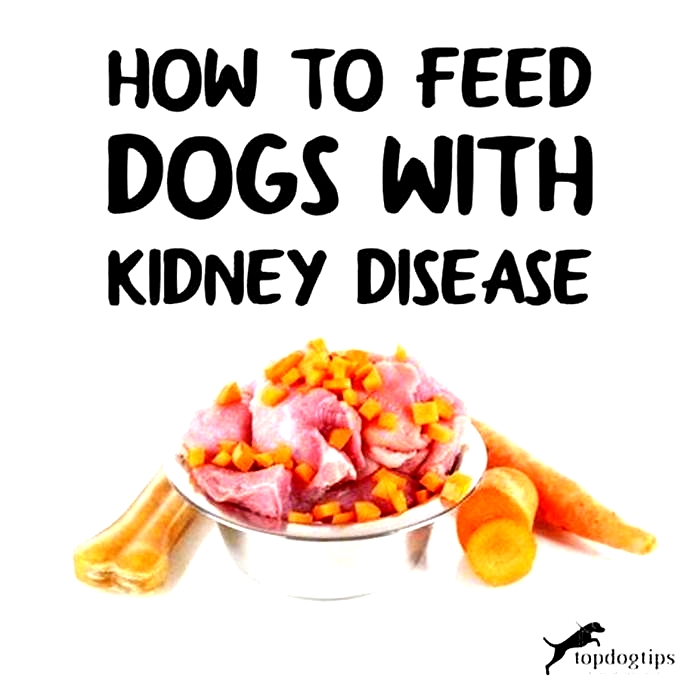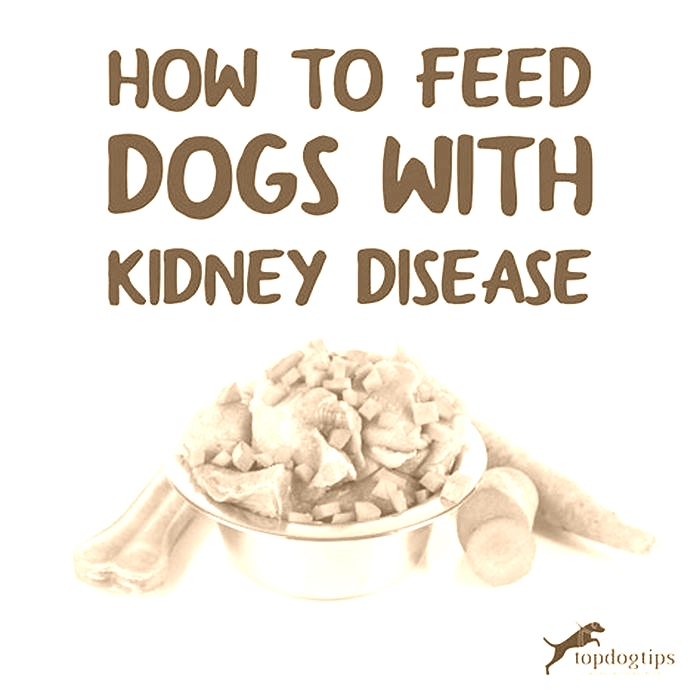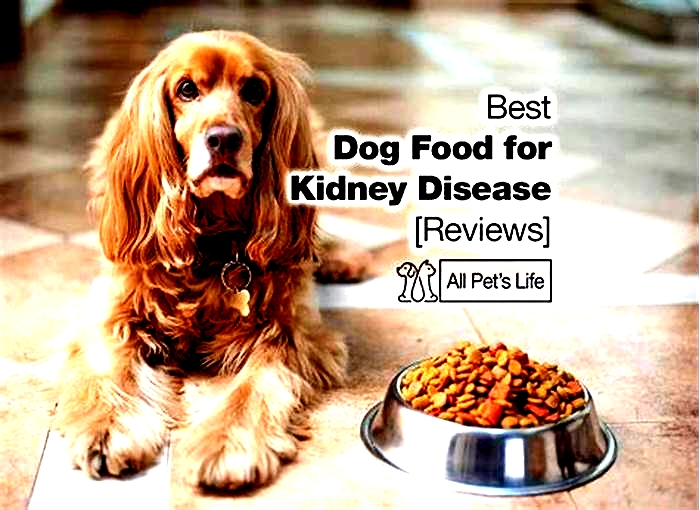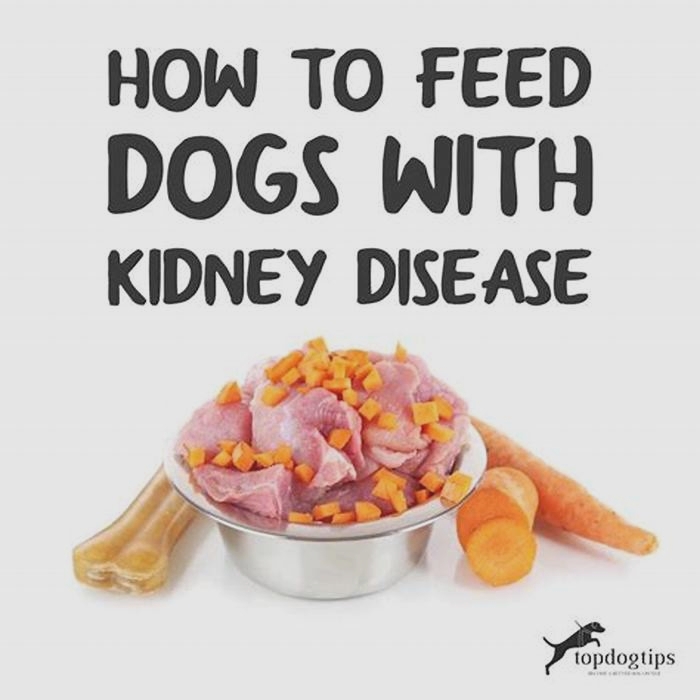low phosphorus vegetables for dogs with kidney disease
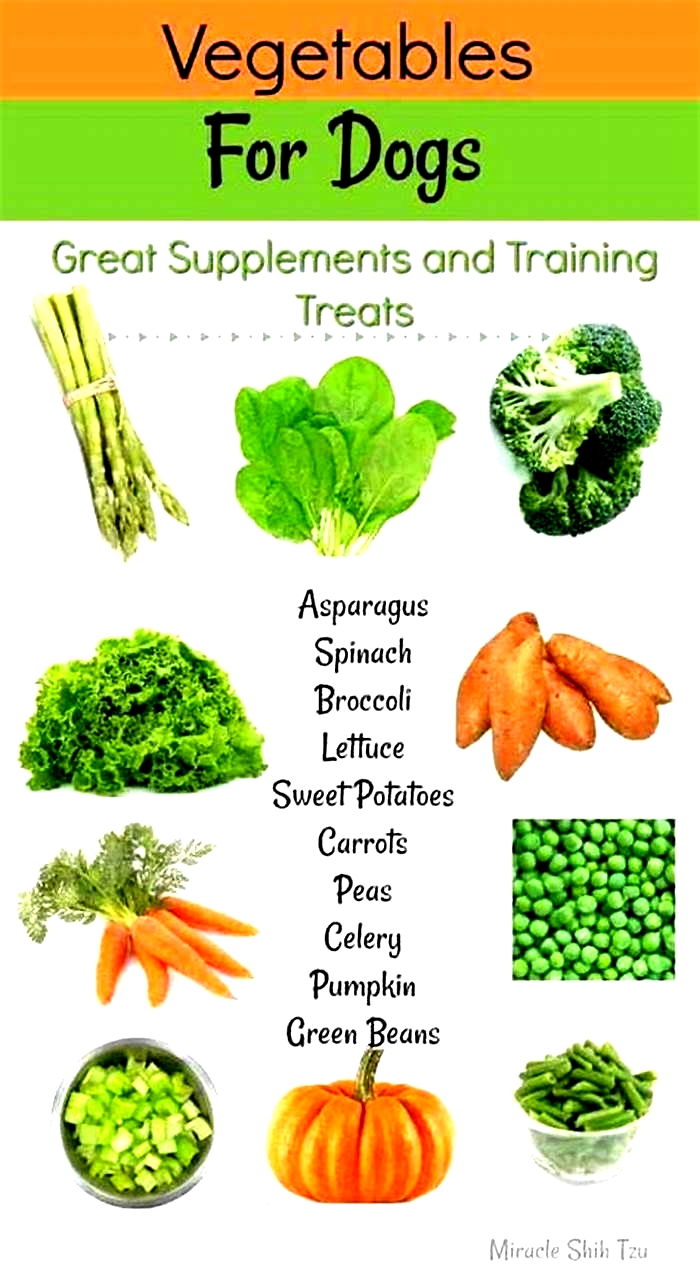
33 Low Phosphorus Carbohydrate Vegetables and Grains For Kidney Diets For Dogs
Cooking for your dog is the best way to feed them when they have been diagnosed with Chronic Kidney Disease (CKD).
Reducing the amount of phosphorus is a critical component of that diet. This list outlines which grains and the top five carbohydrate-heavy vegetables you can add to your dogs kidney-friendly meals.
When To Use Grain or Starchy Vegetables?
Home-cooked diets that cannot have high levels of fat as an energy source will need to utilize starchy vegetables for energy.
Ideally, your dog can eat butternut squash, sweet potatoes, pumpkin or yams. This provides some added calories and fiber. But if your kidney dog will not eat them or is sensitive, then you have to turn to other sources of carbohydrates.
While this list includes things like rice, I recommend that you turn to other grains like barley before you make a meal with rice in it.
That said, I know that not everyone has access to all of these ingredients, so I list them so that you can see the phosphorus levels of all of the possible options.
The amount you would add to the recipe will be around 10% of the recipe. In some cases, you can go up to 20% of the recipe.
List of low-phosphorous foods (grains and starchy vegetables) for every 100g of food
| Ingredient | Phosphorus | Calories |
| Yellow Cornmeal (Grits) | 14mg | 65 |
| Rice Noodles (Cooked) | 20mg | 108 |
| Couscous (Cooked) | 22mg | 108 |
| Japanese Soba Noodles (Buckwheat Cooked) | 25mg | 99 |
| Butternut Squash (Cooked) | 27mg | 29 |
| Japanese Somen (Cooked) | 27mg | 131 |
| Short Grain White Rice (Cooked) | 33mg | 110 |
| Pumpkin (Canned) | 35mg | 24 |
| Hominy (Canned) | 35mg | 72 |
| Medium Grain White Rice (Cooked) | 37mg | 130 |
| Bulgur (Cooked) | 40mg | 83 |
| Long Grain White Rice (Cooked) | 43mg | 130 |
| Yam (Cooked) | 49mg | 89 |
| Pearled Barley (Cooked) | 54mg | 123 |
| Sweet Potato (Baked) | 54mg | 69 |
| Spinach Egg Noodles (Cooked) | 57mg | 132 |
| Pasta Unenriched (Cooked) | 58mg | 158 |
| Potatoes (Baked without skin) | 70mg | 76 |
| Egg Noodles (Cooked) | 76mg | 138 |
| Oatmeal (Cooked) | 77mg | 71 |
| Brown Rice (Cooked) | 77mg | 112 |
| Wild Rice (Cooked) | 82mg | 101 |
| Millet (Cooked) | 100mg | 119 |
| Brown Rice (Cooked) | 103mg | 123 |
| Oat Bran (Cooked) | 119mg | 40 |
| Teff (Cooked) | 120mg | 101 |
| Whole Wheat Pasta (Cooked) | 127mg | 149 |
| Kamut (Cooked) | 147mg | 132 |
| Amaranth (Cooked) | 148mg | 102 |
| Spelt (Cooked) | 150mg | 127 |
| Quinoa (Cooked) | 152mg | 120 |
| Uncooked Oats | 523mg | 389 |
| Oat Bran (Raw) | 734mg | 246 |
Why Do We Need To Feed Low Phosphorus To Dogs With Chronic Kidney Disease?
With kidney disease that affects the tubules, waste products build up in the bloodstream rather than being excreted out into the urine. When this happens, it becomes toxic to the body. Phosphorus is one of those waste products. In dogs with kidney disease, it interacts with calcium, causing loss of calcium from bone and leading to mineral buildup in parts of the body that shouldnt have any. Furthermore, the kidneys can become mineralized, hastening the progression of the disease.
In a homemade diet, I recommend that the protein level is at the very least two times the recommended daily amount set for AAFCO and the phosphorus levels at the minimum.
AAFCO: The minimum recommended allowance for dietary phosphorus is 0.3 DM in foods for healthy dogs. The mean DM phosphorus content for several grocery brand dog food is 1.39 DM.
CKD Phosphorus: The recommended phosphorus levels for foods to manage dogs with CKD are 0.2 to 0.5%. Achieving this can be challenging when you are using commercially prepared food. Home-made therapeutic diets allow us to get closer to this goal through the ingredients we select as well as using powdered eggshells as the calcium source.

What Else Do CKD Dogs Need In Their Diet?
Phosphorus isnt the only component to watch. The other nutrients to manage are:
- Protein levels
- Calcium levels
- Fat content
- Fiber content
- Sodium
- Potassium
- B vitamins
- Omega 3s
- Anti-Oxidants
The Easiest Way To Start Feeding Home-Cooked Meals To Dogs With CKD
Note: Some links in this article are affiliate links (Amazon Associates or other programs I participate in). At no charge to you, as an affiliate, I earn from qualifying purchases.
You can book a package with me for help with therapeutic recipes or you can start today.
Dr. Harveys has several base mixes that get you cooking the same day you buy their product.
All you do is add your protein and oil and use their base mix. They use eggshells as the calcium source, which helps keep phosphorus down.
You can buy it on Amazon: Dr. Harveys Canine Health Miracle Dog Food, Human Grade Dehydrated Base Mix for Dogs with Organic Whole Grains and Vegetables (5 Pounds)
Their other base mix Paradigm would be my second recommendation and Raw Vibrance being last (due to the shellfish in it).
If You Only Remembered One Thing
If you came to this page confused because of your dogs recent kidney diagnosis, or you are just starting your own journey in gathering what you need to prepare cooked meals and feel overwhelmed.
Remember that the number one factor in extending a dogs life is to keep the phosphorus level as low as possible in your dogs home-cooked meals.
Getting your dogs blood level checked regularly will provide the information you need to know if you are on the right track. When you are first starting out, getting the blood checked every 30-60-90 days is ideal. Then you can have your vet guide you on how often return for blood checks.
For those that need help, Im available to help you formulate recipes. Visit my packages page to learn more.
I wish you and your dog good health.
Resources:
Small Animal Clinical Nutrition
Healthy and Chronic Kidney Disease (CKD) Dogs Have Differences in Serum Metabolomics and Renal Diet May Have Slowed Disease Progression
Nutritional and laboratory parameters affect the survival of dogs with chronic kidney disease
Diet for Dogs with Kidney Disease
Chronic kidney disease in dogs and cats
Chronic Kidney Disease in Dogs & Cats
Nutritional Management of Renal Disease What to Feed and When to Start
Treatment Guidelines for Chronic Kidney Disease in Dogs and Cats
Chronic Kidney Disease (CKD) in Dogs & Cats Staging and Management Strategies
Observation about phosphorus and protein supply in cats and dogs prior to the diagnosis of chronic kidney disease

Author Biography
Hannah Zulueta obtained her Certificate in Canine Nutrition fromCASI Institute.She is also studying to get her Doctorate in Acupuncture, Traditional Chinese Medicine, and Herbalism from the esteemedPacific College of Health and Medicine.
She resides in San Diego with her three dogs, Maggie, Orbit, and Mr. Higgins.
Low-phosphorus diet: Helpful for kidney disease?
Why is a low-phosphorus diet useful in managing kidney disease? What foods contain phosphorus?
Answer From Rachael Majorowicz, R.D.N., L.D.Phosphorus is a mineral that's found naturally in many foods and also added to many processed foods. When you eat foods that have phosphorus in them, most of the phosphorus goes into your blood. Healthy kidneys remove extra phosphorus from the blood.
If your kidneys don't work well, you can develop a high phosphorus level in your blood, putting you at greater risk of heart disease, weak bones, joint pain and even death.
If you need to limit phosphorus
How much phosphorus you need depends on your kidney function. If you have early-stage kidney disease or you're on dialysis, you may need to limit phosphorus. Nearly every food contains some phosphorus, so this can be hard to do.
Current guidelines recommend choosing natural foods instead of processed foods that have phosphorus added to them. Your body absorbs less of the phosphorus from natural foods, and natural foods offer better nutrition overall. For many years, people who needed to limit phosphorus were told to limit healthy foods such as whole grains, legumes and other plant-based foods. Recent research shows that this isn't necessary.
Check food labels carefully
Manufacturers may add phosphorus when processing foods to thicken them, improve taste, prevent discoloration or preserve them. Check food labels to see whether any ingredients contain "phos" in the term. When trying to limit phosphorus, avoid foods that list terms with "phos" among the ingredients.
Examples of phosphorus added to food include:
- Calcium phosphate
- Disodium phosphate
- Phosphoric acid
- Monopotassium phosphate
- Sodium acid pyrophosphate
- Sodium tripolyphosphate
Check the online ingredient lists or ask your dietitian about alternatives.
The best way to limit phosphorus in your diet is to limit foods that contain the most phosphorus, including:
- Fast foods, foods sold at gas stations, and other packaged and convenience foods
- American cheese, canned or jarred processed cheese spreads, and prepared cheese products in block form
- Fresh or frozen meats that have added flavor or fluids to keep them moist or "phos" in the ingredients
- Cola and pepper-type sodas, many flavored waters, many bottled or canned teas, fruit punch, energy or sports drinks, many powdered drink mixes, beer, and wine
The table below gives examples of foods lower in phosphorus that you can substitute for foods higher in phosphorus. Although a food or drink may be low in phosphorus, you still need to watch portion sizes and limit the number of servings you eat or drink each day.
| Higher phosphorus foods | Lower phosphorus foods |
|---|---|
| Fast foods, convenience foods, restaurant meals and gas station foods | Homemade meals or snacks made from fresh ingredients or options without "phos" in the ingredients |
| Milk, pudding, yogurt, soy milk, and nondairy creamers and enriched milks | Unenriched almond or rice milk |
| Processed cheeses and cheese spreads | A small amount of brie, Swiss, cheddar, or mozzarella cheese |
| Fat-free cream cheese or fat-free sour cream | Regular or low-fat cream cheese or sour cream |
| Ice cream or frozen yogurt | Sherbet, sorbet or frozen fruit pops |
| Quick breads, biscuits, cornbread, muffins, pancakes or waffles | Fresh dinner rolls, bread, bagels or English muffins |
| Processed meats, such as bacon, bologna, chicken nuggets, ham and hot dogs, and fresh or frozen meat, poultry or seafood with "phos" in the ingredients | Lean beef, eggs, lamb, wild game, or poultry, seafood or other fish without "phos" in the ingredients |
| Chocolate or caramel, including chocolate drinks and candy bars | Jelly beans, hard candy, fruit snacks or gumdrops (in moderation) |
| Colas and pepper-type sodas, some flavored waters, bottled teas, energy or sports drinks, beer, wine, and some drink mixes (any with "phos" in the ingredients) | Lemon-lime soda, ginger ale, root beer, plain water and some drink mixes (any without "phos" in the ingredients); fresh-brewed coffee (made from beans) or brewed tea (made from tea bags); lemonade |
Seek professional help
For help creating a meal plan that meets your needs, work with a registered dietitian. A dietitian can make sure that you get enough nutrition while following your doctor's medical recommendations.
Your doctor may also recommend a phosphate binder medication to help control the amount of phosphorus your body absorbs from foods. These medications only help a little. You'll still need to limit the amount of phosphorus in your diet.
With
Rachael Majorowicz, R.D.N., L.D.
From Mayo Clinic to your inbox
Sign up for free and stay up to date on research advancements, health tips, current health topics, and expertise on managing health. Click here for an email preview.
ErrorEmail field is required
ErrorInclude a valid email address
To provide you with the most relevant and helpful information, and understand which information is beneficial, we may combine your email and website usage information with other information we have about you. If you are a Mayo Clinic patient, this could include protected health information. If we combine this information with your protected health information, we will treat all of that information as protected health information and will only use or disclose that information as set forth in our notice of privacy practices. You may opt-out of email communications at any time by clicking on the unsubscribe link in the e-mail.
Thank you for subscribing!
You'll soon start receiving the latest Mayo Clinic health information you requested in your inbox.
Sorry something went wrong with your subscription
Please, try again in a couple of minutes
Jan. 11, 2023- Making sense of phosphorus. Renal Dietitians. https://renalnutrition.org/files/archives/Vol37_No1_2018_PATIENT.pdf. Accessed Nov. 3, 2020.
- Ikizler TA, et al. KDOQI clinical practice guideline for nutrition in CKD: 2020 update. American Journal of Kidney Diseases. 2020; doi:10.1053/j.ajkd.2020.05.006.
- Yu ASL, et al., eds. Chronic kidney disease-mineral bone disorder. In: Brenner & Rector's The Kidney. 11th ed. Elsevier; 2020. https://www.clinicalkey.com. Accessed Nov. 3, 2020.
- Majorowicz R (expert opinion). Mayo Clinic. Nov. 12, 2020.
- Eating right for chronic kidney disease. National Institute of Diabetes and Digestive and Kidney Diseases. https://www.niddk.nih.gov/health-information/kidney-disease/chronic-kidney-disease-ckd/eating-nutrition. Accessed Nov. 3, 2020.
- FoodData Central. U.S. Department of Agriculture, Agricultural Research Service. https://fdc.nal.usda.gov. Accessed Nov. 3, 2020.
- Berkoben M, et al. Management of hyperphosphatemia in chronic kidney disease. https://www.uptodate.com/contents/search. Accessed Nov. 3, 2020.

